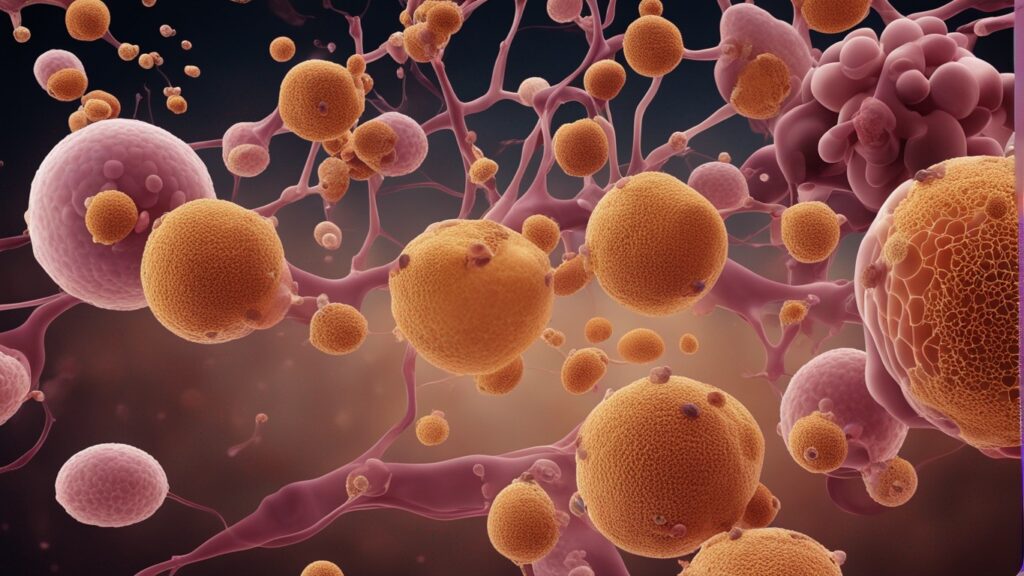
Exploring the Pro-Longevity Effects of Quercetin during Yeast Chronological Aging
In a recent study published in the International Journal of Molecular Sciences, researchers investigated the pro-longevity effects of quercetin (QUER) during yeast chronological aging. Quercetin is a natural polyphenolic compound that has been shown to have beneficial properties for human health and anti-aging effects. However, the specific molecules and pathways underlying its pro-longevity potential have not been fully understood.
The researchers conducted their study using yeast chronological aging as a model, which is an established method for simulating the aging of postmitotic quiescent mammalian cells. They found that supplementation with QUER at the onset of chronological aging, specifically at the diauxic shift, significantly increased the chronological lifespan (CLS) of the yeast.
One of the key findings of the study is that QUER supplementation led to a decrease in oxidative stress, which is consistent with the antioxidant properties of QUER. Oxidative stress is a major factor in aging and has been linked to various age-related diseases. By reducing oxidative stress, QUER may help slow down the aging process and promote longevity.
The researchers also observed substantial changes in carbon metabolism following QUER supplementation. Specifically, QUER promoted an enhancement of a pro-longevity anabolic metabolism towards gluconeogenesis. This is the process by which glucose is synthesized from non-carbohydrate sources such as amino acids and glycerol. The improved catabolism of C2 by-products of yeast fermentation and glycerol contributed to this increased gluconeogenesis.
One of the key molecules involved in this process is Sir2, a highly conserved protein that has been implicated in aging and longevity. The researchers found that QUER supplementation activated Sir2-dependent pathways, specifically the activity of phosphoenolpyruvate carboxykinase, which is involved in gluconeogenesis. This suggests that Sir2 and gluconeogenesis play a crucial role in the pro-longevity effects of QUER during yeast chronological aging.
Furthermore, QUER supplementation also led to an increase in the reserve carbohydrate trehalose. Trehalose is known to have protective effects and promote longevity in various organisms. The increased supply of gluconeogenesis resulting from QUER supplementation leads to an increase in trehalose, which in turn contributes to the extension of CLS.
Interestingly, the researchers found that QUER supplementation in water alone amplified the long-lived phenotype of chronologically aging cells. This indicates that QUER has a specific influence on carbon metabolism, particularly glycerol catabolism. Glycerol is a by-product of yeast fermentation and its catabolism, along with the increase in trehalose, further contributes to the pro-longevity effects of QUER.
Overall, this study provides insights into the molecular mechanisms underlying the pro-longevity effects of quercetin during yeast chronological aging. By understanding these mechanisms, we can gain a better understanding of how QUER and similar compounds may have anti-aging effects in humans.
Key Points:
– Quercetin (QUER) is a natural polyphenolic compound with anti-aging effects.
– QUER supplementation during yeast chronological aging significantly increases chronological lifespan (CLS).
– QUER reduces oxidative stress and promotes changes in carbon metabolism.
– The pro-longevity effects of QUER are mediated by the activation of Sir2-dependent pathways and gluconeogenesis.
– QUER supplementation increases the reserve carbohydrate trehalose, which contributes to CLS extension.
– QUER has a specific influence on carbon metabolism, particularly glycerol catabolism.
Source Article: https://www.mdpi.com/1422-0067/24/15/12223



